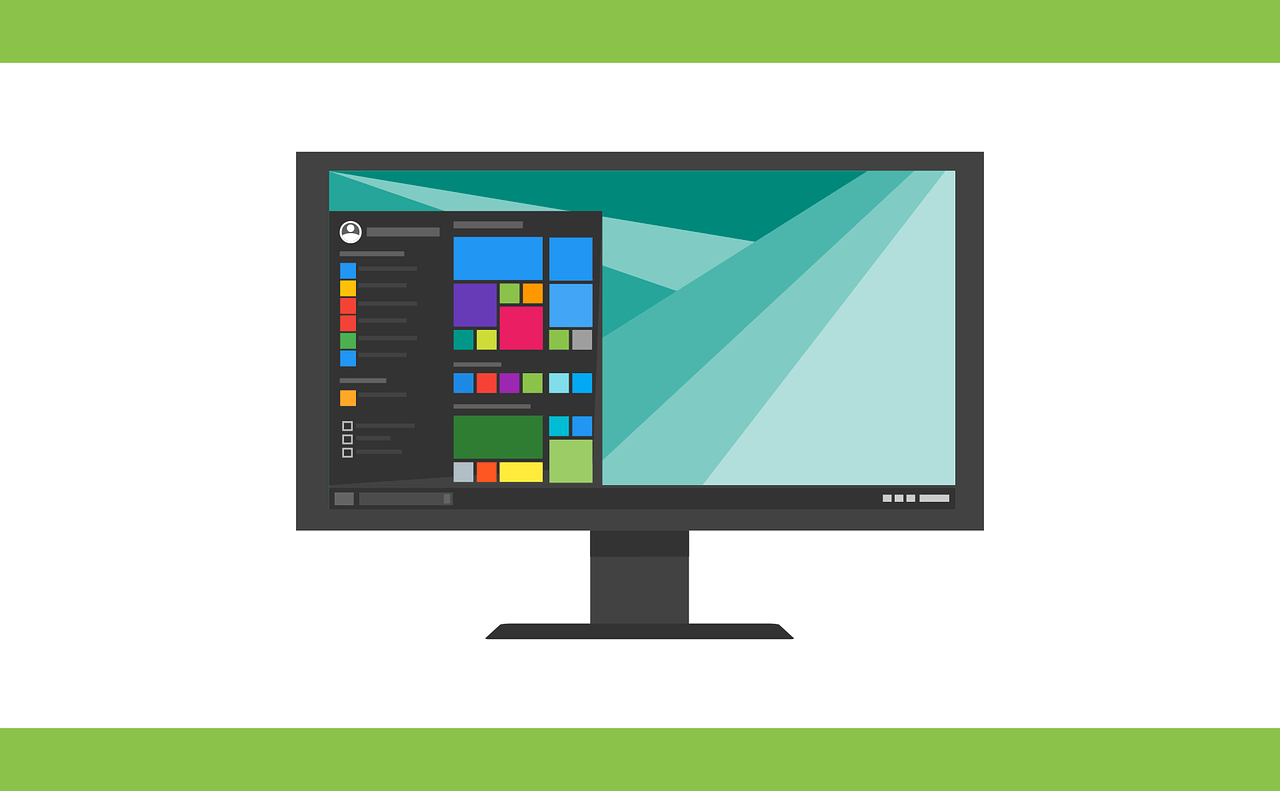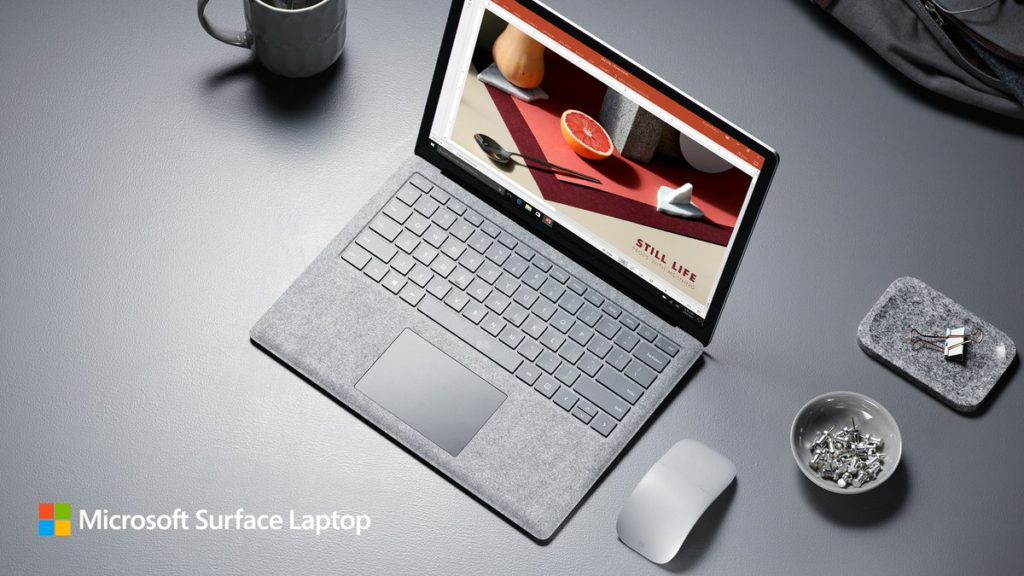If you are on a Windows 10 laptop, you might be aware that it has got an option to ‘Shutdown’, ‘Restart’, and put the computer to ‘Sleep’.
While Shutdown and Restart options are pretty common to understand by just their name, the Sleep feature allows you to put your laptop to sleep when you have unfinished work, and you do not want to shut down your computer completely, because you may get back to work in an hour or so.

I usually put my laptop on sleep Whenever I am taking breaks during the day, so it’s only at night when I finish my work and shut down my computer.
But did you know that there is another feature in Windows 10 that is called Hibernate, which is pretty similar to the Sleep feature, you can close your computer with unfinished work so that you can get back to it later
But there is a slight difference between Sleep mode and Hibernate mode, and it is what we will discuss in this article.
Difference between Hibernate and Sleep
Primarily they are meant to conserve battery power of your laptop when you are not using it.
The Sleep mode will turn off the screen of your laptop and put the hard drive to sleep, while other things like the Wi-Fi, and Bluetooth, even the devices connected to the USB, active.
You can use the movement of your wireless mouse to wake your laptop, and you can immediately resume your work, all the app and your unfinished work are saved in the RAM.
On the other hand, Hibernate is kind of ‘Forcefull Sleep Mode’ that turns off everything while still saving your work so that you can resume it whenever you turn off the Hibernate mode.
And since everything is powered off, it takes a little longer for the laptop to resume the work in comparison to waking up from sleep mode.
Which mode should you use
When you put your computer in Sleep mode for a few hours, the battery of your laptop is used, and you may notice discharge on your battery.
I have found that my laptop’s battery goes down 10% whenever I put it to sleep for like 2 to 3 hours.
While in the Hibernate mode the power consumption is negligible.
But since waking up from Hibernation take a little longer than waking up from sleep mode, I would advise to you to use the sleep mode whenever possible, maybe if you are getting a work break, for travelling for a few hours.
But if the gap between your working hours is more extended, then it is advisable to use the Hibernate mode so that you can conserve more battery.
I used to use the Hibernate mode a lot a few years ago when the battery is on laptops were not efficient and gave only 2 to 3 hours of charge.
Now that modern laptops are more power-efficient and can give as much as 7 to 8 hours of battery life honour mid-range laptop, you won’t find yourself in a situation where you need to use the Hibernate mode.
How to set up Hibernate mode and sleep mode
To do that he can go to the power options of your laptop from the control panel.
Once you are there click on ‘Change plan settings; given find the options for both the scenarios,
- When your computer is plugged in power source
- When your computer is a battery
You can change it as you desire, selecting a lower time for turning off the display, when on battery, to conserve battery, also try to keep the time to put the computer to sleep lower.
On the same page, you will find advanced power settings, where you can choose the action to perform when you
- Close the lid of the laptop,
- When you press the Sleep (it is mostly combined with the fn key), or
- The power button on your laptop.
On the same page, you will also be able to show the Hibernate and sleep options Whenever you Click on the shutdown button in Windows 10.


